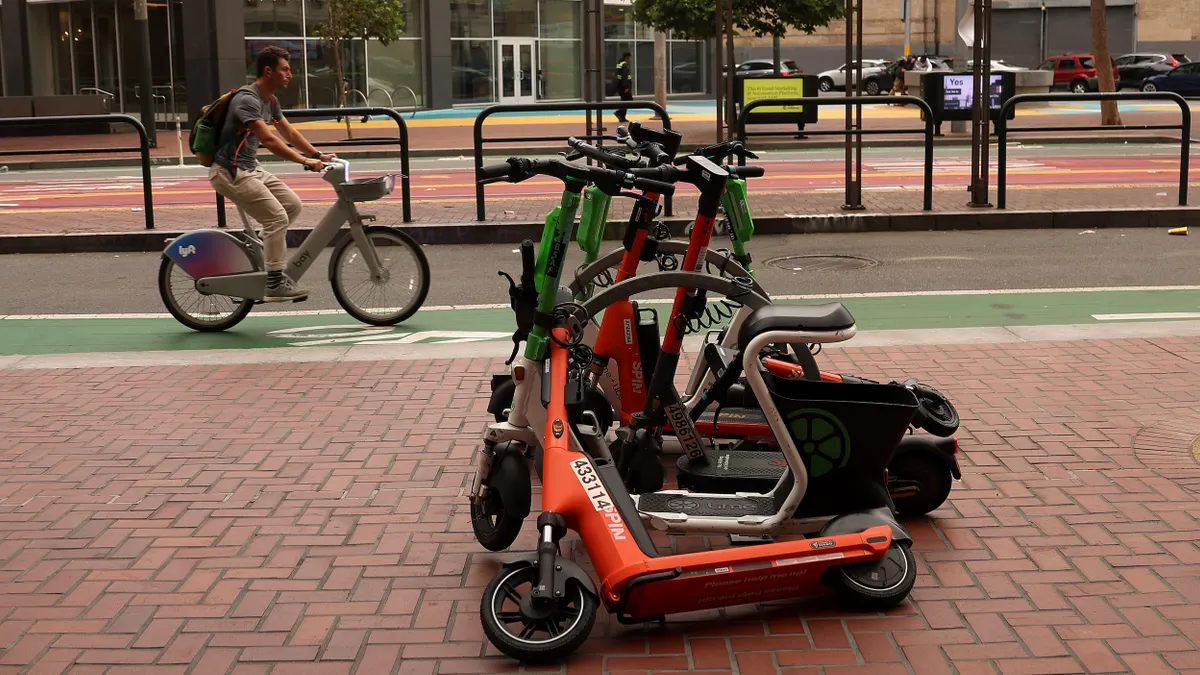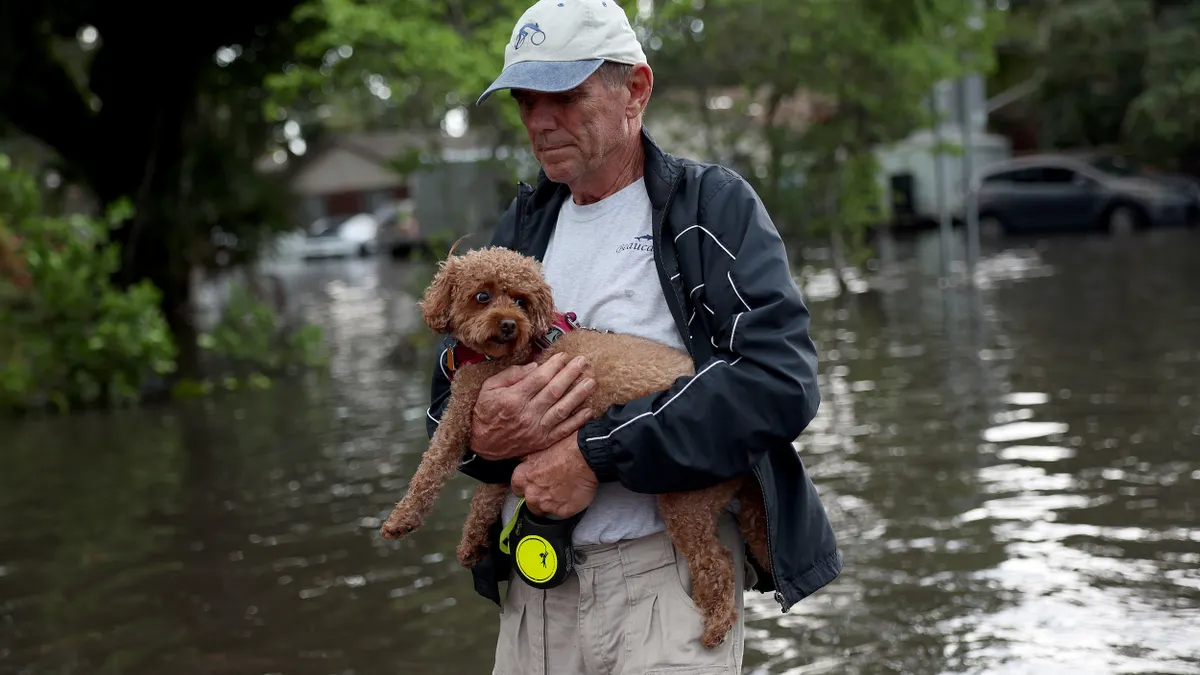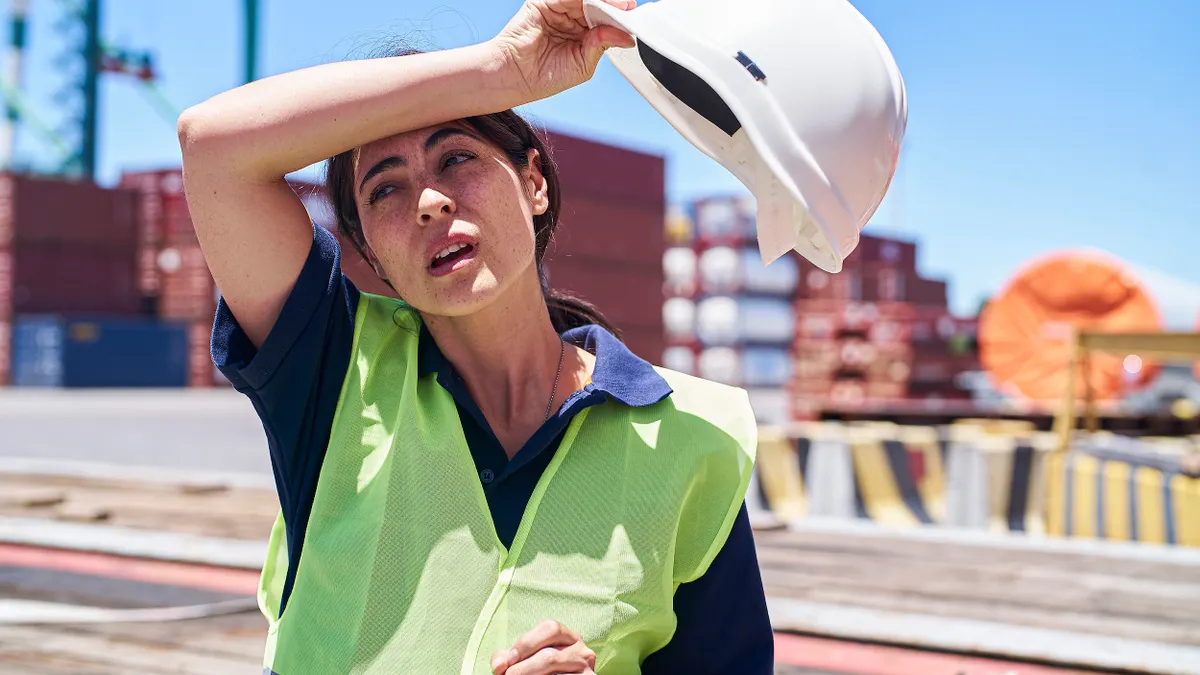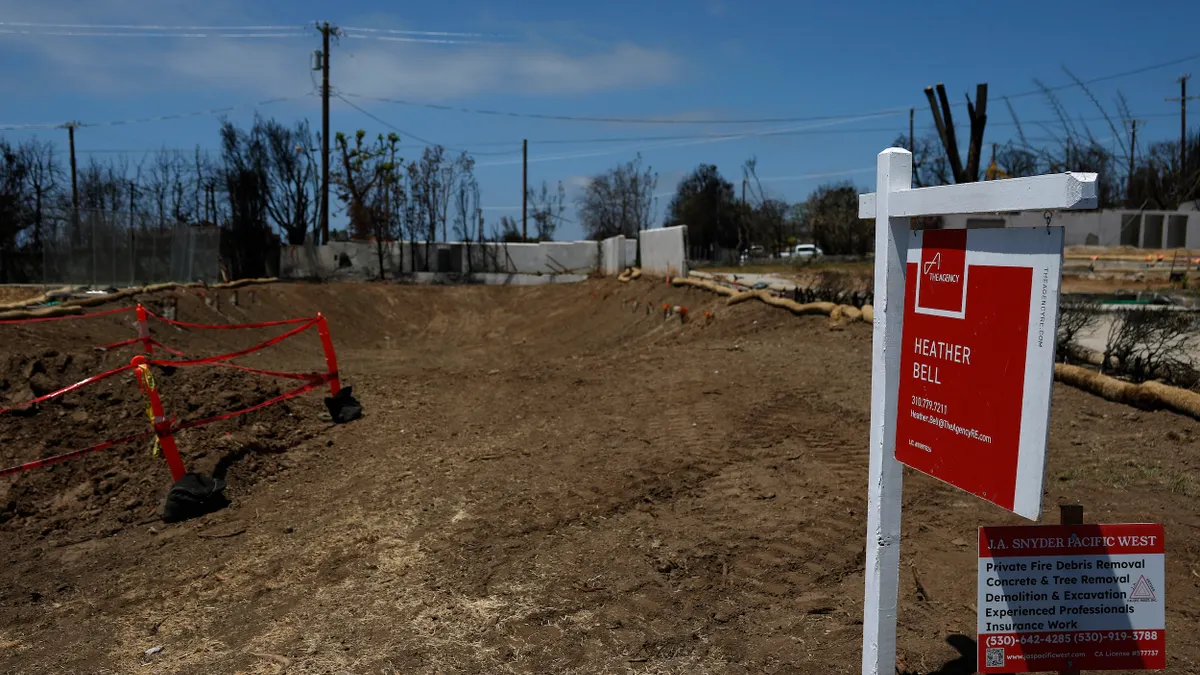Editor's Note: The following is a guest post from Ralph Diment, director of industry & product marketing at Hexagon's Safety & Infrastructure division.
Cities house more than half the world's population and will see an additional 2.5 billion new residents by 2050. This growth will not only increase the demand for technological advancements, but will also increase demand for quick and connected emergency responders.
Emergency responders in smart cities can get real-time situational awareness through new data-rich technologies. By collaborating with other municipal agencies, cities can respond better and use resources more intelligently, removing issues altogether to improve the quality of life in their communities. This holistic and resilient approach helps move society forward.
Data is the backbone
Imagine you're in a shopping center when a fire starts. You call 911, but the dispatcher and emergency responders can’t pinpoint your location. Fortunately, smart cities are adopting advanced reporting technologies and tracking techniques, making this issue significantly less of a problem.
Additionally, the public can now contact emergency services using text, social media and in-line messaging apps. They can share videos and images of incidents and their phone can provide coordinates. This advanced approach gives dispatchers rich, real-time insights into where people are and what's happening.
Connected, secure GPS systems in emergency vehicles can identify the nearest and best units to dispatch and map out the fastest and safest routes, while intelligent switching of traffic signals ensures those routes are clear. All these innovations help save lives.
Police, fire and security personnel are also using location-aware sensors — from smart utility poles and traffic lights to communications infrastructure and devices — to track events in their cities. They actively monitor information from multiple sources using artificial intelligence (AI) and advanced statistics and flag anomalies or patterns in the data. By alerting dispatchers to developing situations, autonomous analytics enables cities to intervene sooner and even help prevent some adverse events.
By using this multi-tiered approach, emergency teams can leverage data to perform their lifesaving work more intelligently. To truly succeed, however, they’ll need help from multiple municipal resources.
Collaboration Is key
Traditionally, municipalities have offered a wide range of public services delivered independent of one another by departments and agencies using their own unique systems, processes and assets. And as city’s populations have grown and services become denser and more interdependent, communities have also become more fragile.
Today, any size incident can trigger a real crisis that disrupts essential functions and leads to dire consequences. For example, the Paris terrorist attacks in 2015 resulted in disproportionately high economic damage that impacted the city long after the initial tragedy. Many tourists canceled their vacation plans, business travel fell and residents decreased spending.
It's impossible to understand all the challenges faced during significant incidents like this, but cities whose departments work together with the right technology, tools, partner, and mindset will be more resilient because they can better contain situations, speed recovery, and retain the public’s confidence.
Public safety is an essential part of this mission. Police, fire and emergency departments can respond to individual incidents faster using the techniques outlined above. But they can't tackle the root causes and deliver systemic change without other agencies like social services, utilities and transportation. When these entities work together to understand overall risk and impact to prioritize resources by city (rather than departmental) need, they have the power to remove barriers and change government policy.
This collaborative, evidence-based approach also benefits the broader community; if citizens understand what’s driving policy, they are more likely to support safety initiatives. As part of this effort, municipal agencies should involve the public in post-event reviews, policies and proactive programs. That way, citizens will know how their efforts benefit their neighborhood. Once they have local support, it is easier convincing leaders to invest in this work or back proposed changes.
The value outweighs the investment
New technologies are helping reduce damage from serious incidents, but they also have a significant price tag: Smart cities will spend $124 billion on transformative innovations this year alone, according to IDC.
Before investing, municipalities should assess benefits and cost. Critically, they need to identify investments with benefits that scale beyond their initial target use, meaning capabilities that can serve multiple purposes and multiple organizations. City officials need to understand the risks, rewards and value of these technologies, along with the commercial and regulatory environments in their respective areas.
When approached correctly, the advantages can far outweigh any drawbacks. Smart cities should also reevaluate current funding models and allocate budgets intelligently across organizations – in ways that reflect prioritized outcomes for the city as a whole and not arbitrary division of responsibility. By considering information from all the services and departments involved to understand the total impact of an issue, they will understand how their investment can help the city over the longer term.
Moving society forward requires a collaborative approach backed by data and technology. No longer can municipalities operate in silos if they want to achieve safer, more resilient communities. Now, they must integrate people, places, and processes to prepare thoroughly and respond intelligently.

















